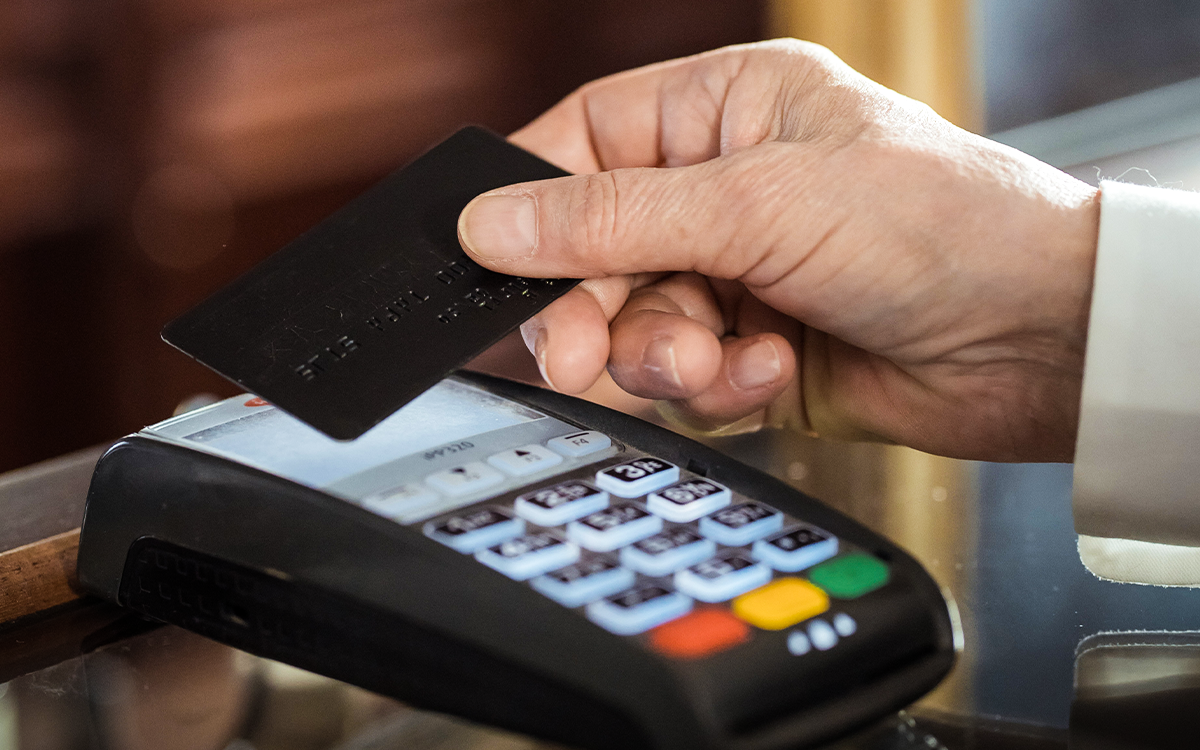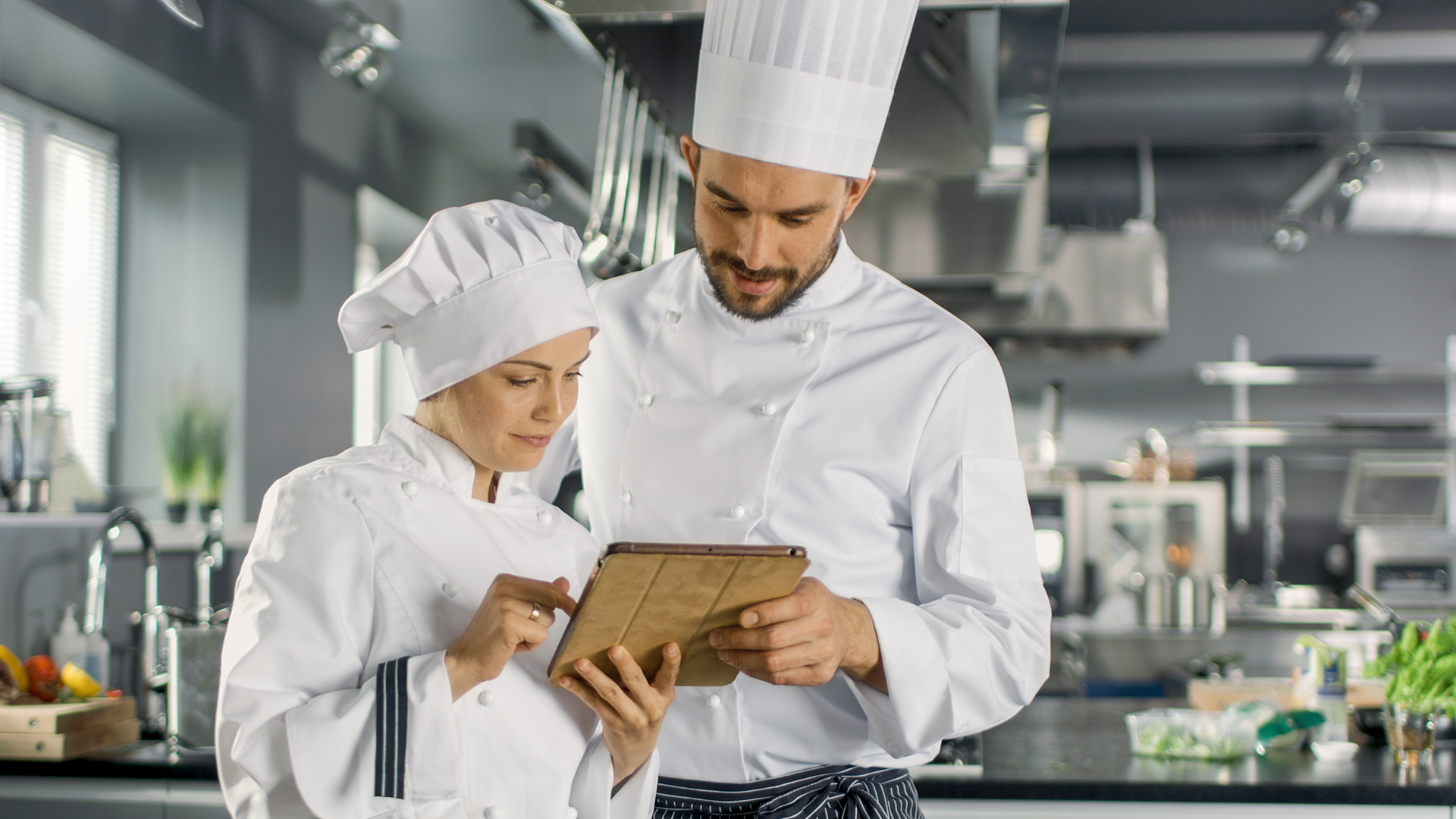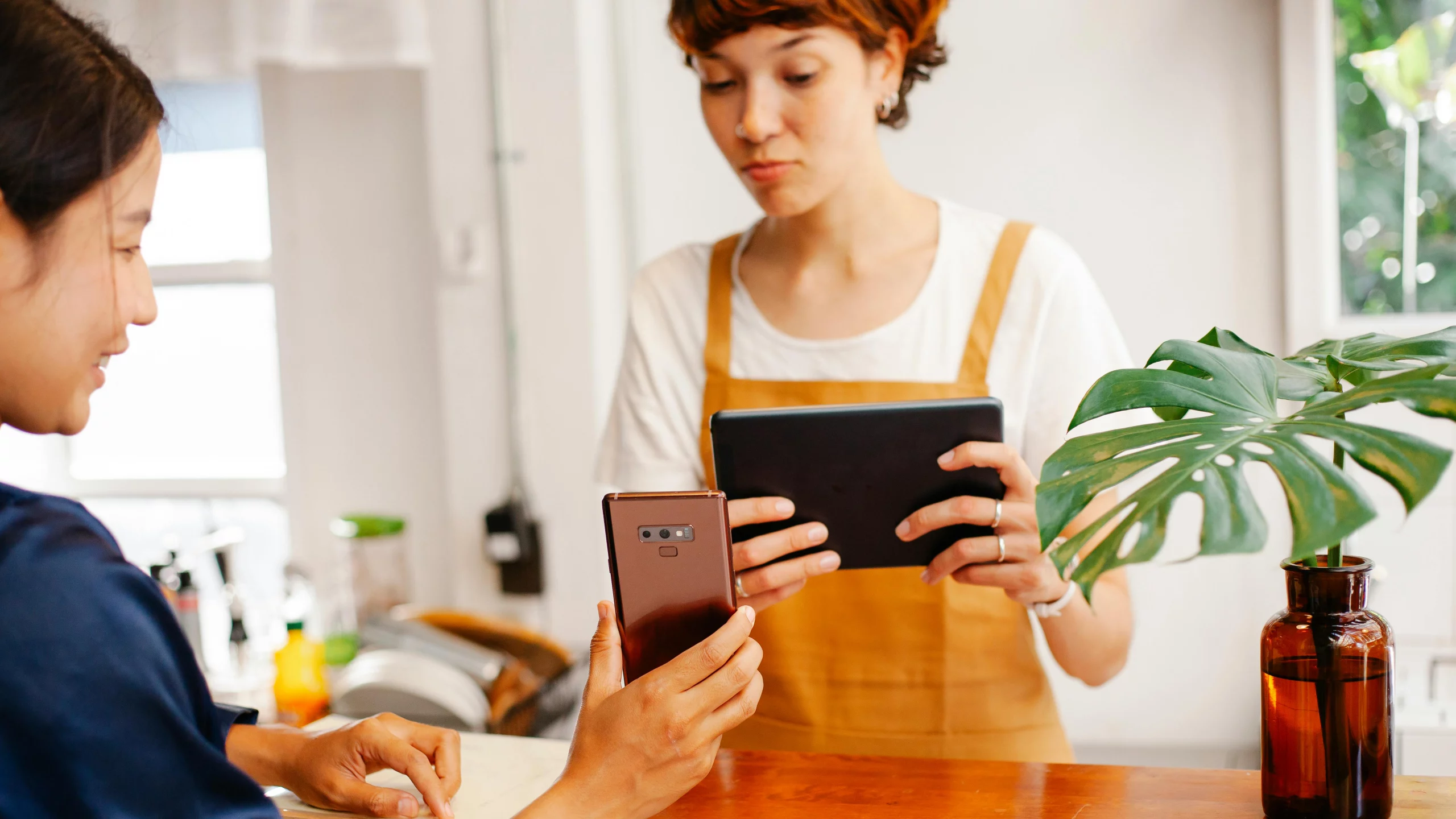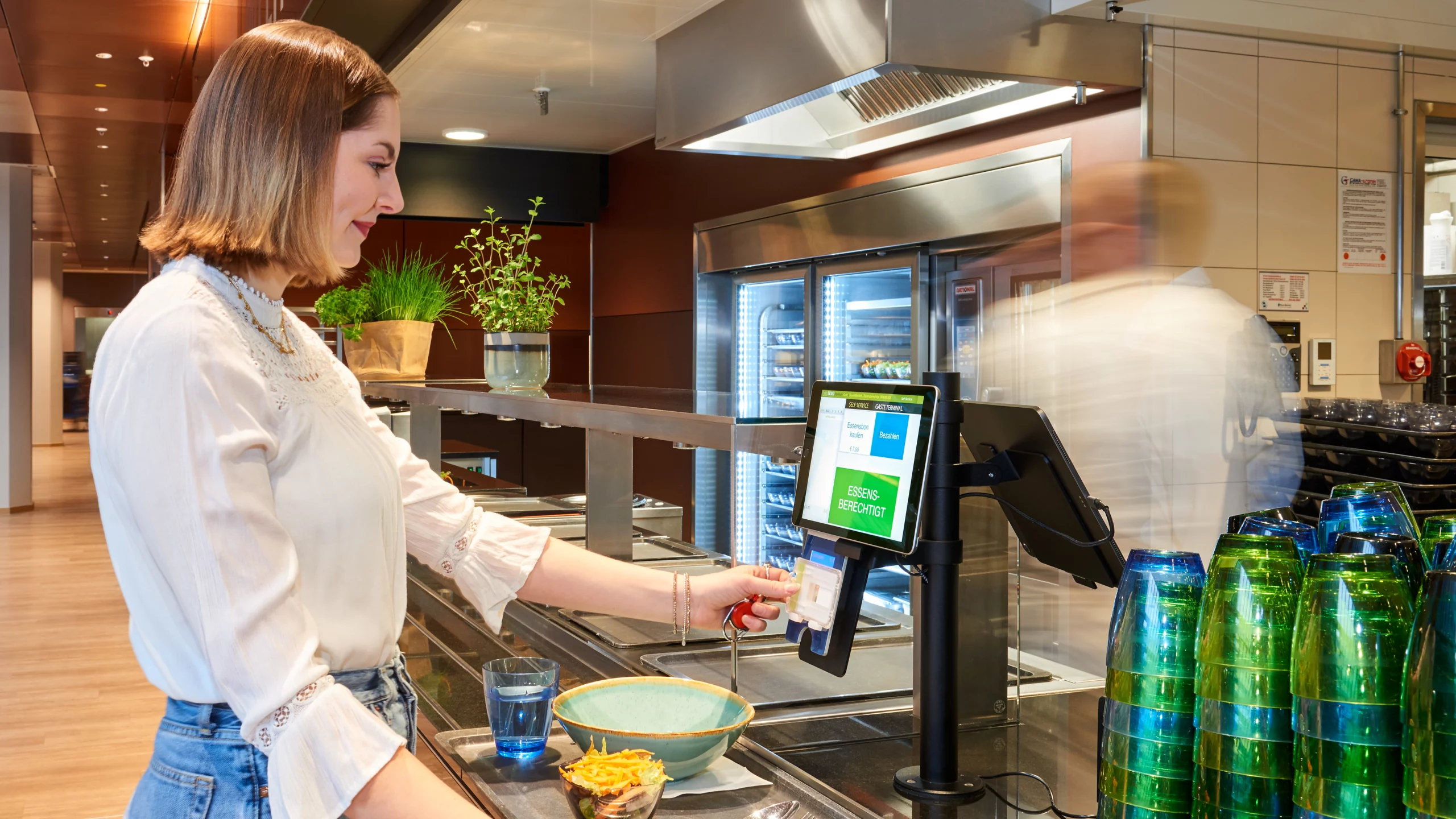The Germans and their cash - a crumbling friendship? Not really. Even though a representative survey conducted by the Bundesbank in 2020 revealed that cashless means of payment have become much more important for everyday spending.
Particularly in the early days of Corona, contactless payment was increasingly used - more than one-fifth of respondents tried this payment option for the first time. The reasons given for this were better hygiene or explicit instructions in the store. People over the age of 55 in particular switched to this payment method.
Overall, sales from debit card payments have risen by more than 45% since 2010, and people are increasingly taking out their giro or debit cards for smaller purchases at the butcher or baker.
Payment systems in mass catering
A basic distinction is made between open-loop and closed-loop payment systems. An open-loop system is based on defined standards and rules. The most common open-loop system is traditional cash or a debit or credit card. Closed-loop systems, on the other hand, are self-contained. Employee ID cards, for example, have become established in mass catering: Linked to a payment portal, they can only be used for payment in certain company restaurants.
As a rule, however, a mixed form is used in communal catering: In addition to closed-loop systems consisting of employee ID cards or QR pay via smartphone, cash or debit cards are also accepted.
PSD2 payment directive ensures secure payment transactions
Contactless payment - via debit/credit cards and via employee ID cards - is usually implemented using NFC chips (Near Field Communication). The transmitter and receiver may only be a few centimeters apart (maximum 4 cm). The amount as well as the card number and its validity date are transmitted. Security is guaranteed by the PSD2 payment services directive. For users, this is particularly noticeable via the two-factor login. It consists of the areas of knowledge (e.g., password, PIN or security question), possession (e.g., card, smartphone) and biometrics (e.g., fingerprint, iris scan).
For example, the PIN query for payment via a debit card is staggered according to PSD2: If the amount to be paid is above the limit set in Germany at €50, the PIN must be entered. The same applies from a sum of €150 over several uses, but at the latest from the fifth use without a PIN. To prevent misuse, banks can specify additional queries.
In mobile payment - payment transactions with a smartphone or smartwatch - authentication by means of a fingerprint scanner or facial recognition takes place instead of PIN entry.
These systems make both contactless and mobile payment methods secure. But at the same time, mobile payment is taboo for about half of the age group 45 and older - due to security concerns.

Payment by smartphone: not only contactless, but also mobile
Contactless and mobile payments are not only secure, but also much more hygienic and faster than cash payments. For guests in the company restaurants, waiting times in the checkout line are noticeably reduced - this is reflected not only in more effective breaks, but also in better-tempered meals. Customers experience a better dining experience overall.
In order to further drive change in the area of payment processes in mass catering, the still widespread employee ID cards including reloaders should be put to the test. On the one hand, the reloading process via reloaders is time-consuming and no longer up to date. On the other hand, more modern ordering and collection processes are becoming established that can be handled entirely via smartphone: Linking debit cards and payment portals with the smartphone as the sole payment method is now standard. In comparison, paying with an employee ID card turns out to be a much more cumbersome and time-consuming intermediate step. Order, pay, pick up is therefore the motto in modern communal catering.
Conclusion: Contactless and mobile payment still on the rise
Cash will still be with us in the future. However, a study assumes that payment by card and/or cell phone will increase significantly. The major advantage is not only hygiene and the associated protection of the cashier, but above all the speed of the process.
For operators of company restaurants, there are also savings in cash register settlements, costs for transporting money, and deposits at the bank.
The past has shown that acceptance and use has been increased simply by pointing out the need to use contactless payment options. Through the use of smart and innovative solutions, not only contactless but also mobile payment options are meeting with greater acceptance in mass catering.


